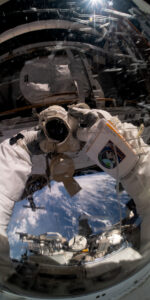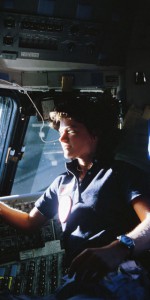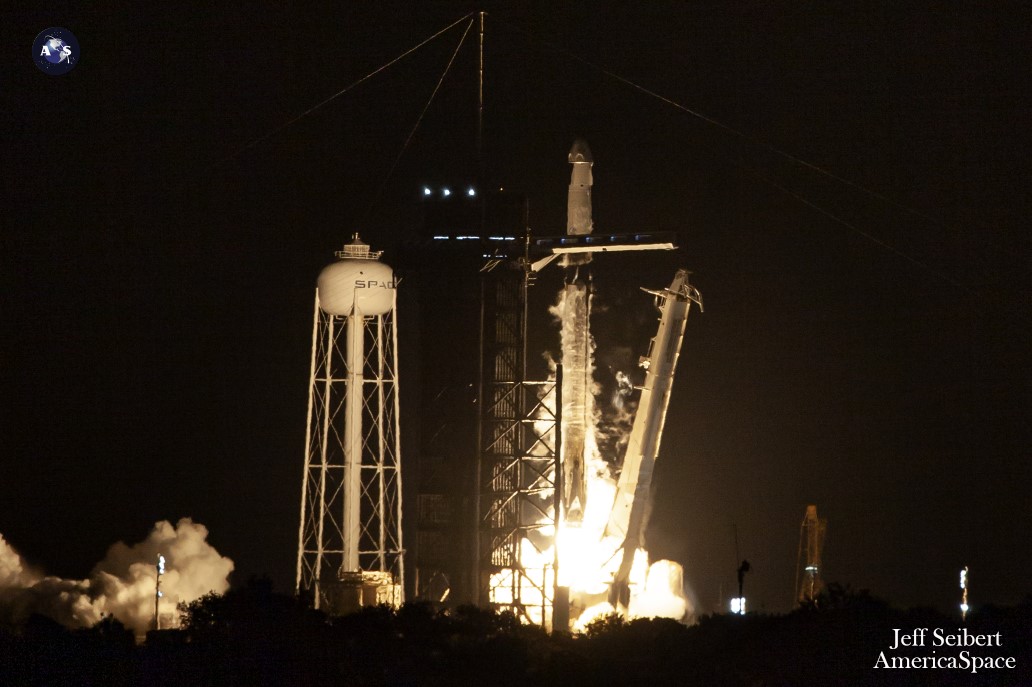
SpaceX is targeting early Sunday evening for its 39th Falcon 9 mission of the year, a dedicated mission to deliver an Indonesian communications satellite on the first leg of its long trek up to Geostationary Earth Orbit (GEO). The veteran B1067 core—making her fourth flight of 2023 and the 12th of her career so far—will rise from from storied Space Launch Complex (SLC)-40 at Cape Canaveral Space Force Station, Fla., during a lengthy “window” which opens at 6:04 p.m. EDT tomorrow.
The launch window for Sunday will run for 178 minutes, closing at 9:02 p.m. EDT. A second opportunity on Monday evening extends from 5:54 p.m. EDT through 9:12 p.m. EDT, totaling 198 minutes.
And Mother Nature looks set to gaze reasonably kindly on the opening launch attempt, with a minimum 60-percent probability of acceptable conditions, possibly improving to 75-percent-favorable, with a similar picture on Monday. “A boundary is pushing over Central Florida, increasing the afternoon and evening thunderstorm coverage and strength,” noted the 45th Weather Squadron at Patrick Space Force Base in its L-2 update, issued Friday.
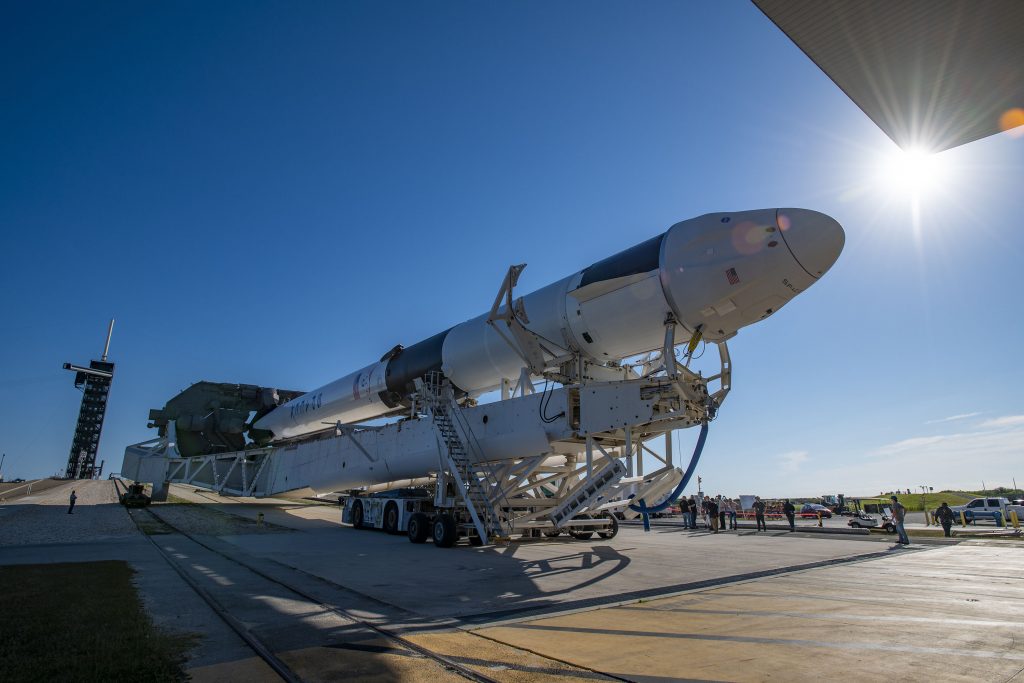
“This boundary should push south of the Space Coast by Saturday morning, creating a more normal summer pattern of coastal sea-breeze development on Saturday and Sunday,” it added. “While afternoon and evening thunderstorms are still likely at the Spaceport over the weekend, their coverage and intensity should be lower.”
With this in mind, primary weather concerns center around potential violations of the Cumulus and Anvil Cloud Rules, along with the Surface Electric Fields Rule associated with Sunday’s convection. The 45th anticipates a marked decrease in the storminess of the weather during tomorrow’s expansive launch window.
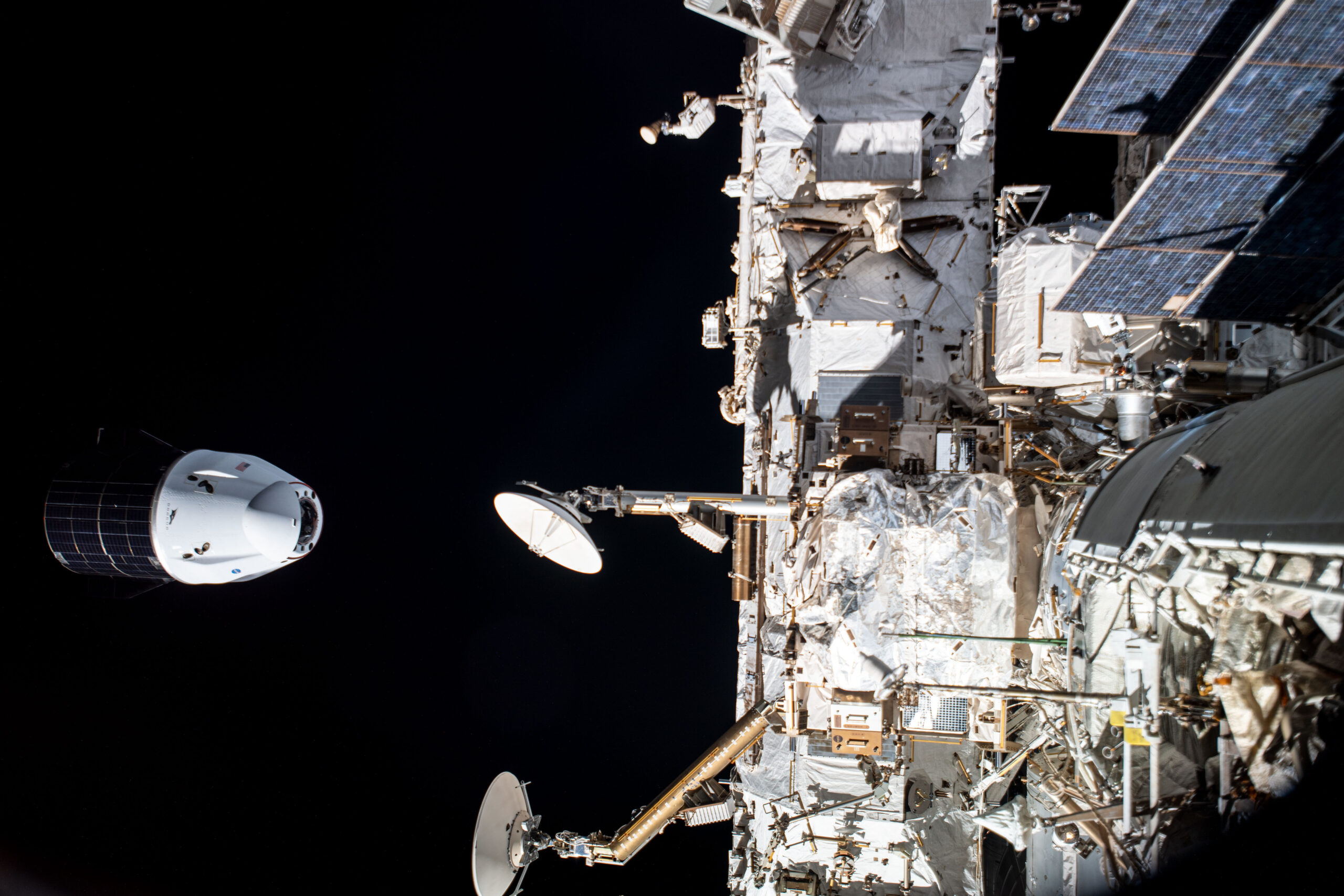
Landing conditions for B1067 herself are expected to be low-moderate. The Autonomous Spaceport Drone Ship (ASDS), “Just Read the Instructions”, put to sea out of Port Canaveral late last week, bound for a recovery location about 420 miles (680 kilometers) offshore in the Atlantic Ocean.
And B1067 will cement her own credentials as one of the most flown members of SpaceX’s Falcon 9 fleet. This particular bird came online in June 2021, when she lofted the CRS-22 Cargo Dragon for its month-long voyage to the International Space Station (ISS).
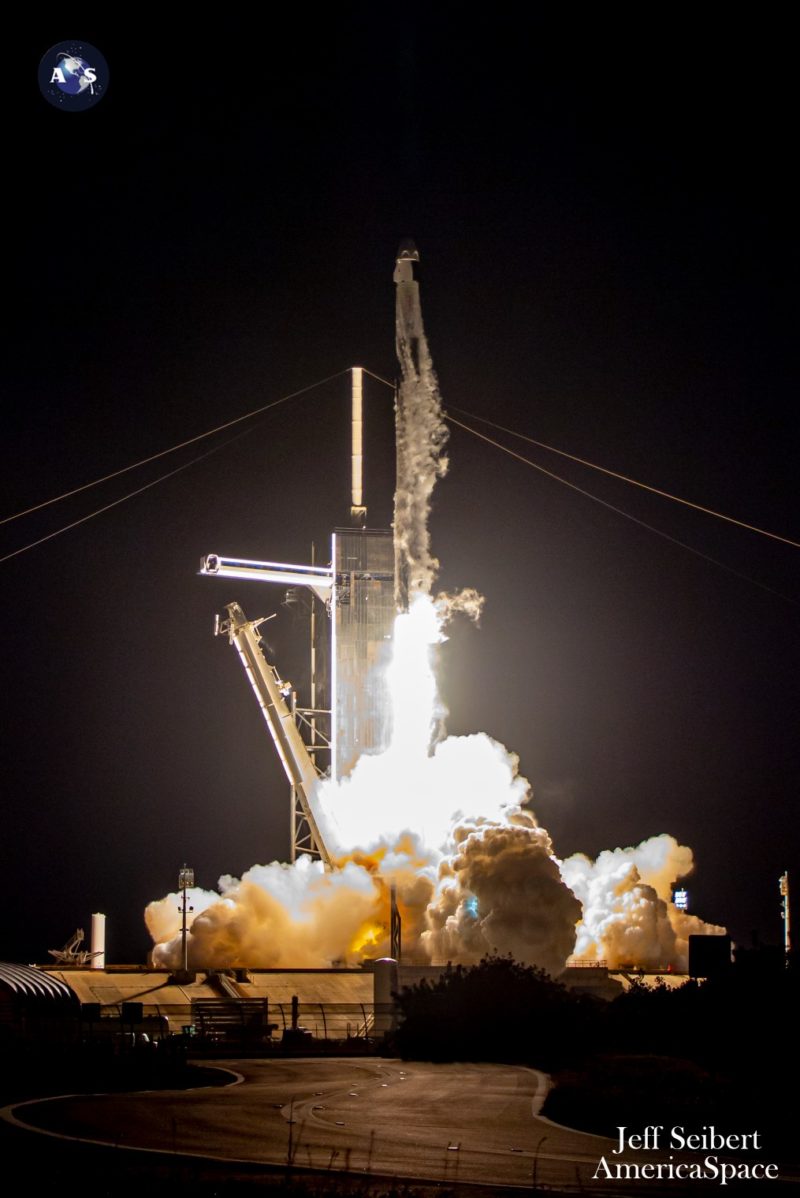
She went on to deliver eight astronauts from the United States, Germany and Italy to the station as part of the Crew-3 and Crew-4 missions in November 2021 and April 2022, followed by the CRS-25 Cargo Dragon last summer. Added to that list, she lifted a geostationary communications satellite for Turkey, a grand total of 222 Starlink low-orbiting internet communications satellites, a pair of O3b mPOWER broadband satellites and the Hotbird 13G communications satellite.
With tomorrow evening’s launch of her 12th mission, B1067 seeks to set her own “personal best” of only 35 days between a pair of flights. Most recently, she lofted a Starlink payload out of the Cape’s SLC-40 in mid-May.
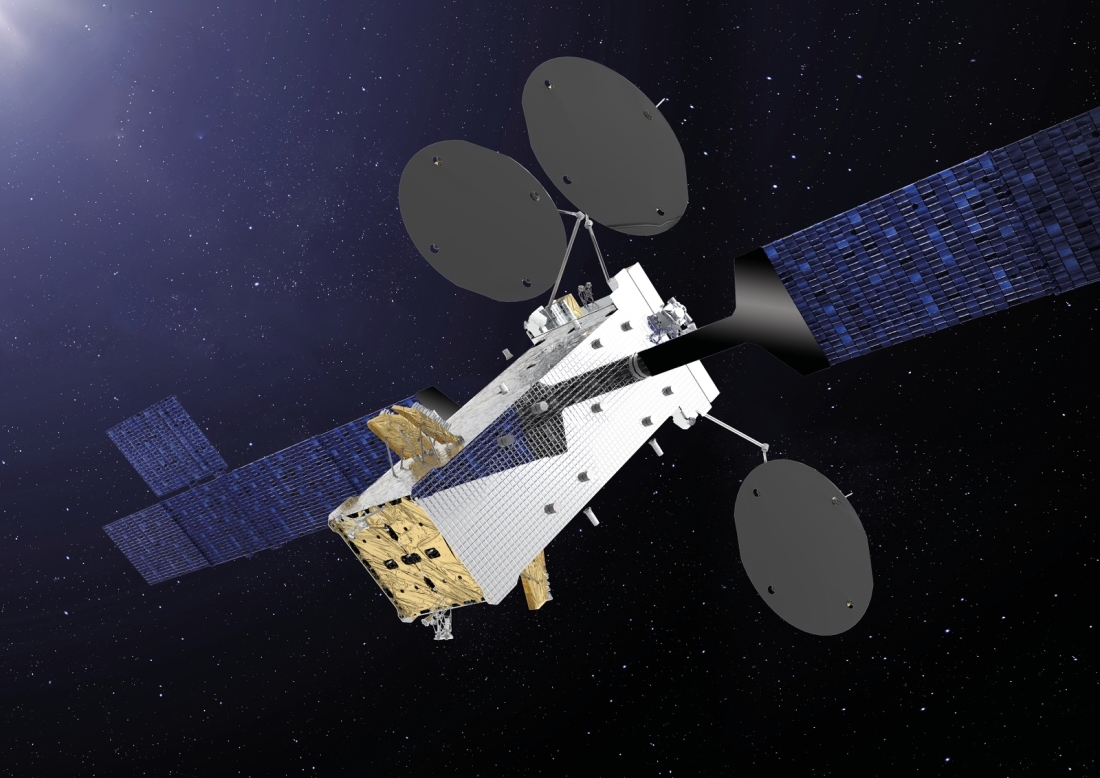
This will also be SpaceX’s fifth launch of June, following on the coattails of a pair of missions in the month’s opening week—including the CRS-28 Cargo Dragon to the space station—and a second pair, spaced only 14 hours apart, just last week. Primary payload is the Satria Very High Throughput Satellite (VHTS), built by Thales Alenia Space for Indonesia’s Pasifik Satelit Nusantara (PSN), which will eventually take up residence at 146 degrees East for an estimated 15-year operational lifetime.
The full-Ka-band satellite will deliver up to 150 gigabits of data, connecting over 90,000 schools, 40,000 hospitals and public buildings and is expected to substantially narrow Indonesia’s digital divide. Contracts between Indonesia’s Ministry of Communications and Information Technology and domestic satellite operator PSN selected Thales Alenia Space in July 2019 to build the satellite.
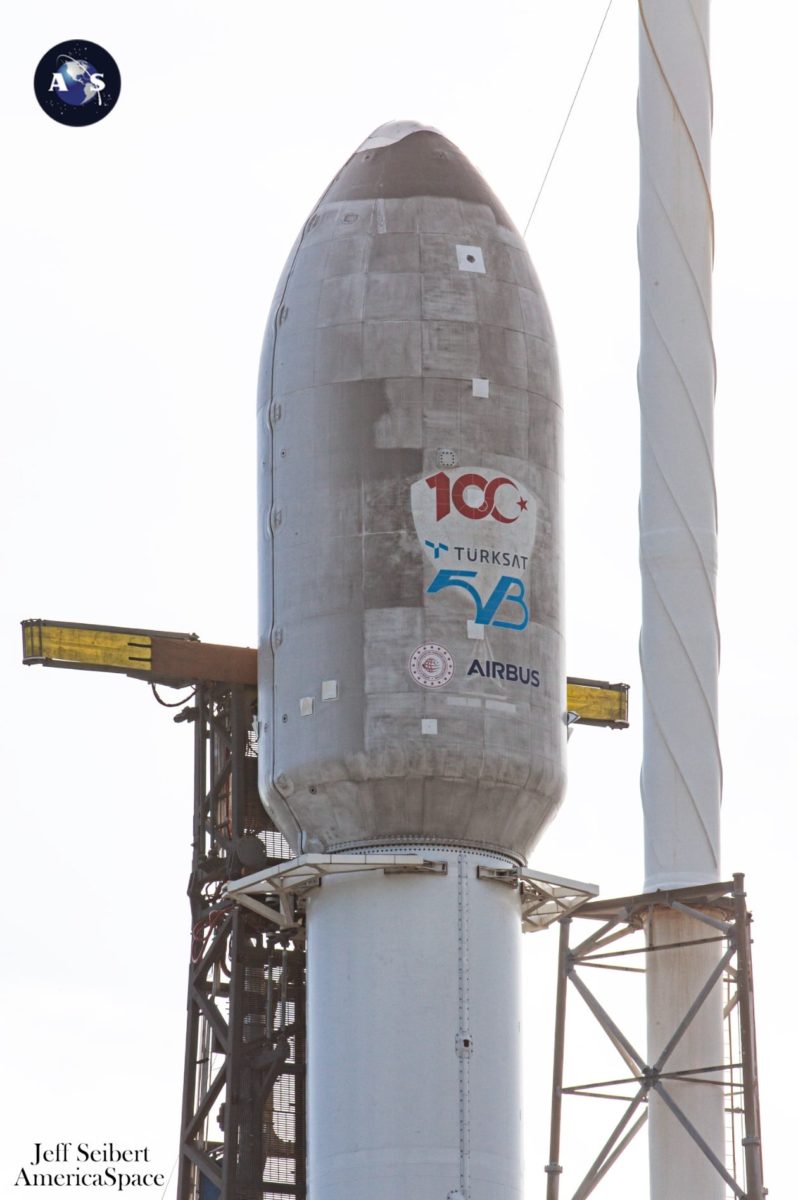
And in September 2020, as work formally began on Satria—at the very height of the worldwide COVID-19 coronavirus pandemic—SpaceX was selected the mission’s launch provider. The satellite’s payload was integrated with its main spacecraft “bus” last October and was delivered by sea from Nice, France, to the Cape in May.
It arrived in Florida in the final days of last month to enter pre-launch fueling and encapsulation. Satria is be the second PSN satellite to be launched by the Hawthorne, Calif.-headquartered organization, following Indonesia’s participation in the co-manifested ViaSat-3 mission earlier this year.




